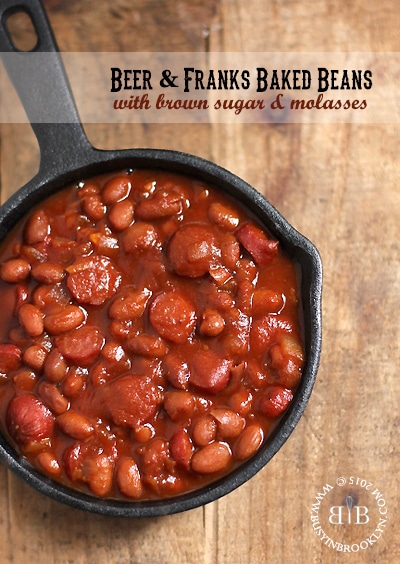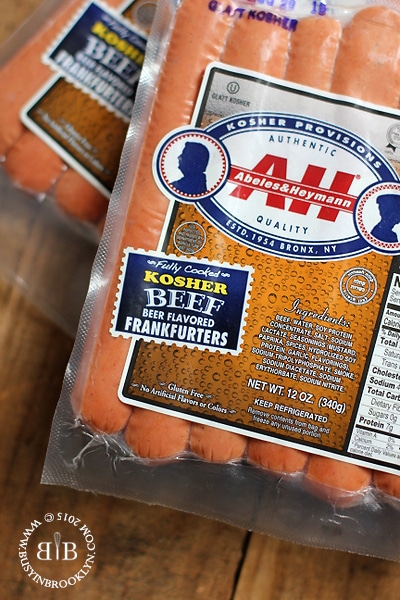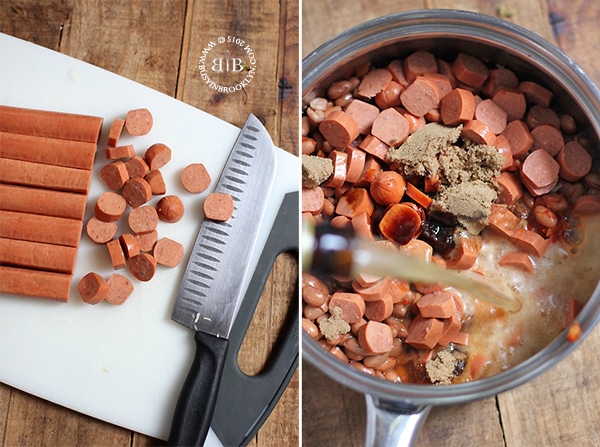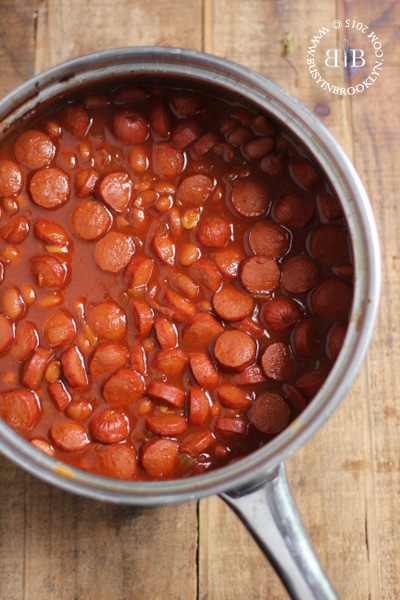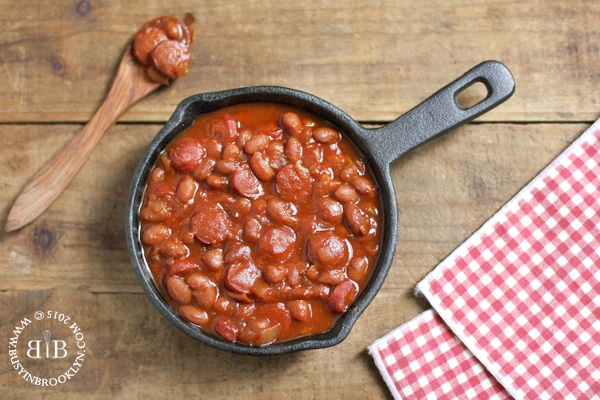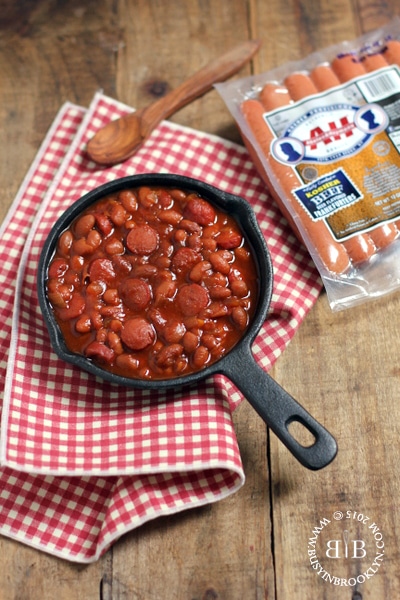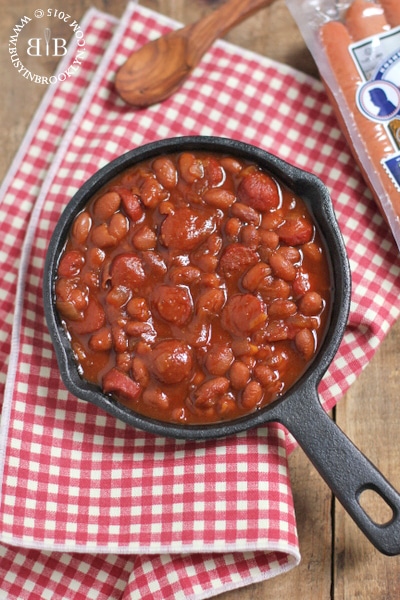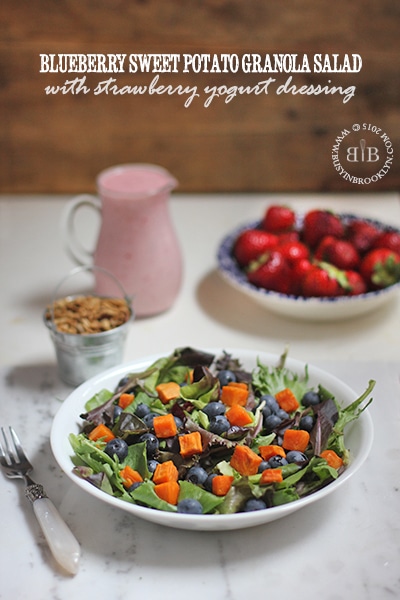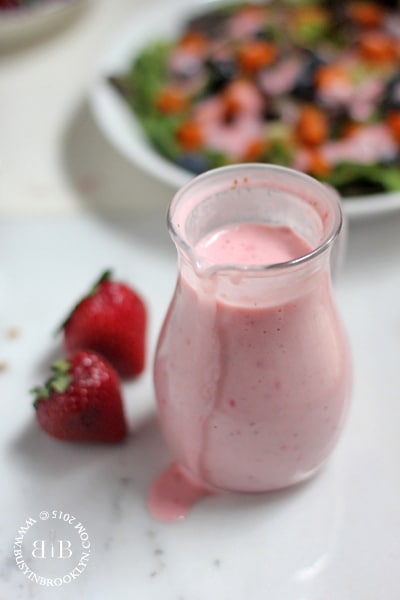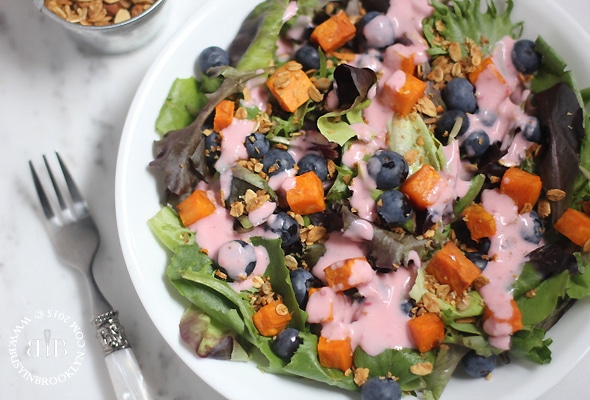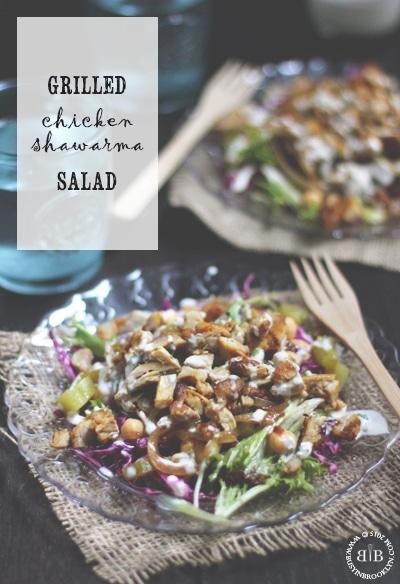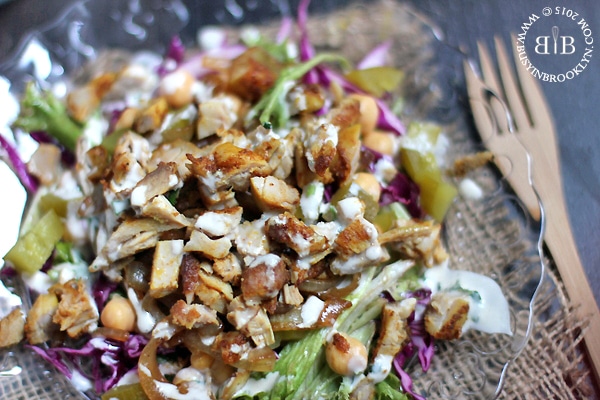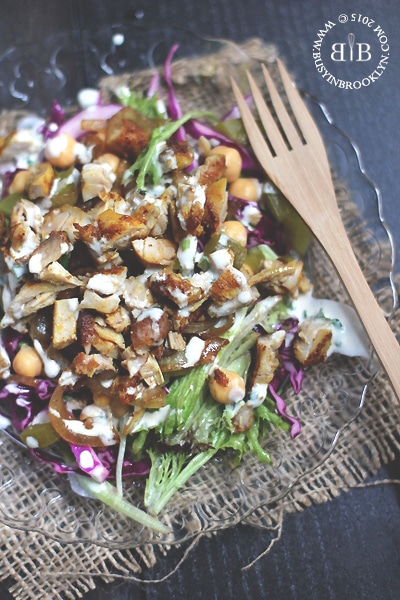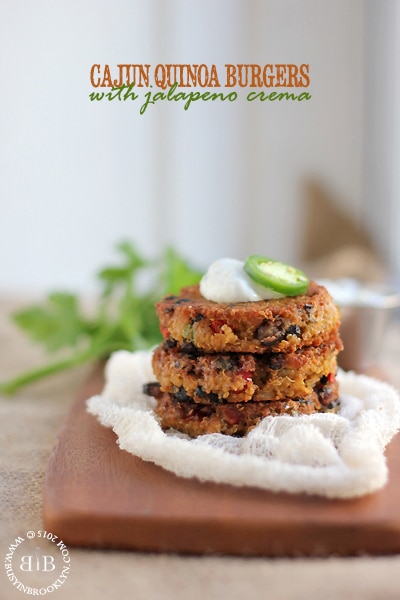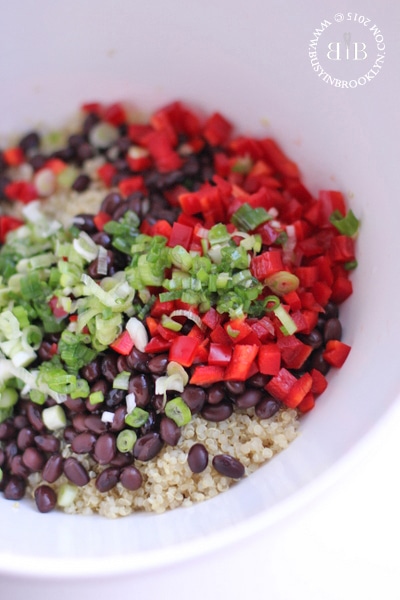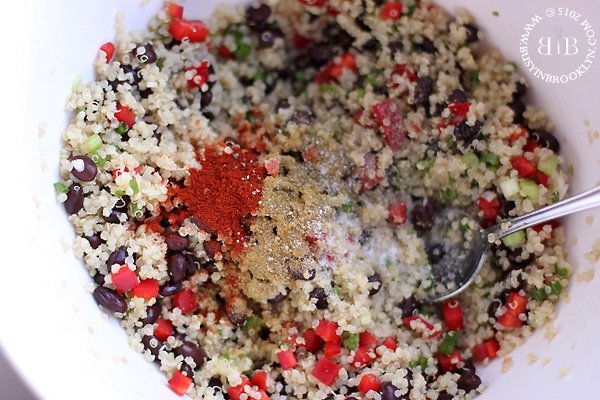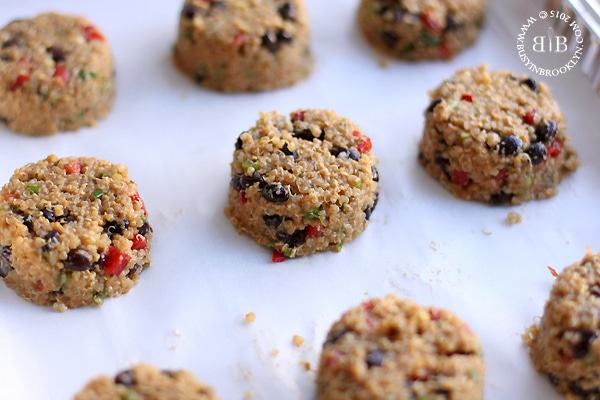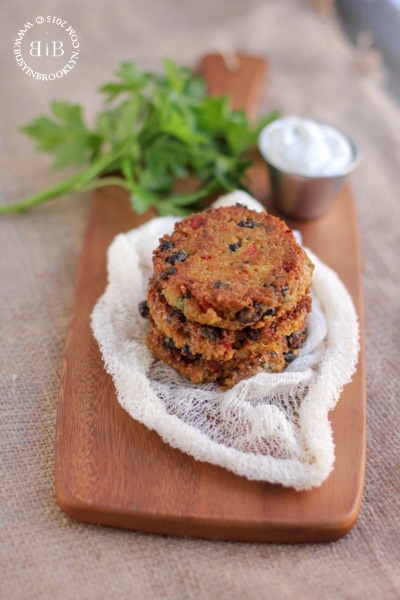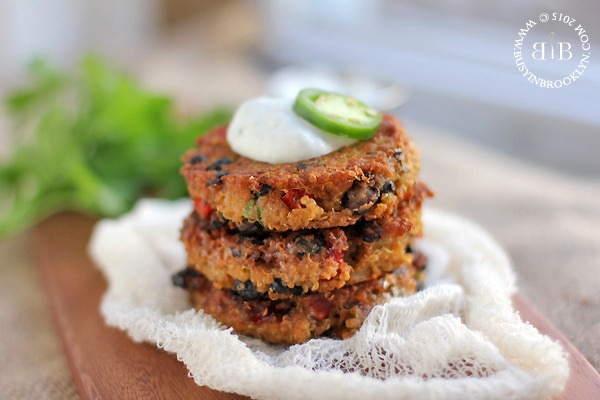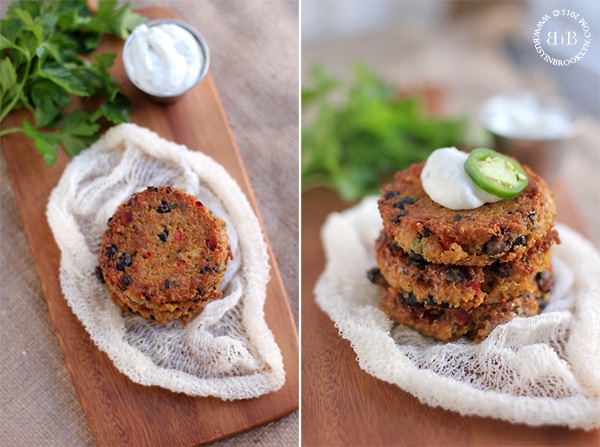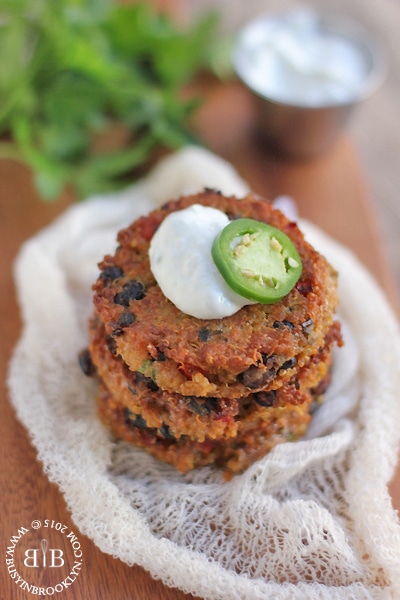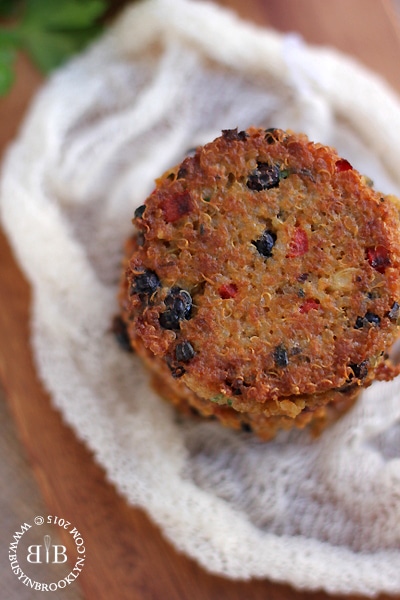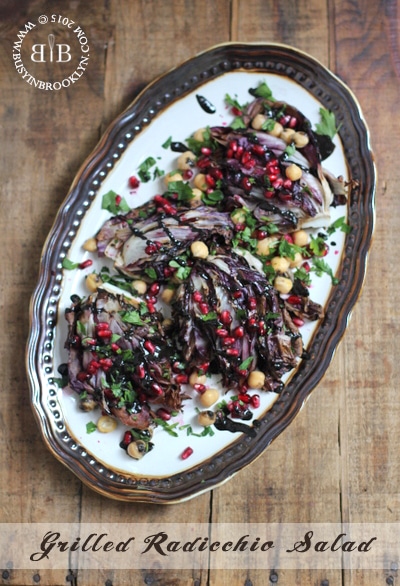
I used to be afraid of trying new things. I’d turn my nose up on offal and cilantro and I swore off gamey meats like lamb and duck. But boy was I losing out. Trying new things allows you to expand your culinary horizons. It opens your palate to new flavors, and if you try things enough times, sometimes you realize that you don’t hate them as much as you think you did.
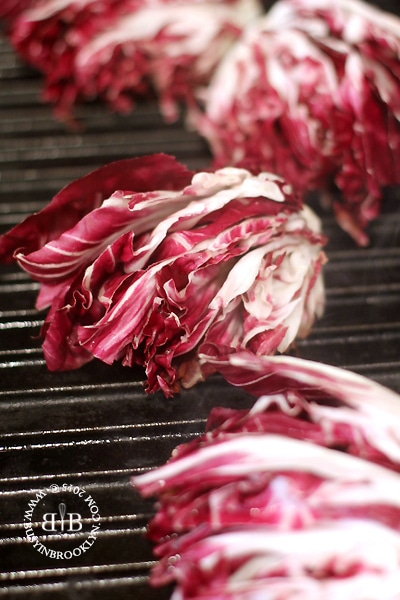
Case in point: radicchio. It’s bitter. Yes, bitter. And who would want to eat bitter lettuce, right?! That’s what I thought until I tried it a few times. First, I put it a handful in a big salad for a hint of bitterness and crunch. Then I shredded some into a slaw. And finally, I decided to go all out and grill it. Grilling lettuce is a must for summer and if you haven’t tried it yet – put it on your to do list! You can start with romaine for a grilled Caesar salad, and then move on to the more adventurous radicchio. Grilling the radicchio gives it a delicious smoky flavor, and topping it with sweet pomegranate seeds offsets the bitterness. Be sure to check out my tip for mellowing radicchio’s hard bite in the recipe below!
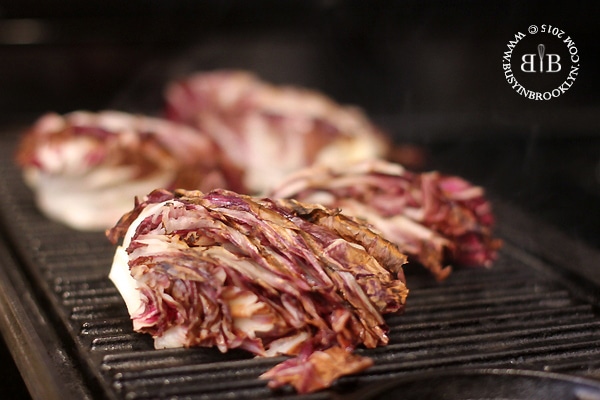
When De La Rosa sent me over some black sesame tahini, it was another lesson in trying new things. Black tahini is a lot more pungent than the traditional stuff and I’d never tried it before. The full-on sesame flavor really hits you, so you’ve got to go easy on the stuff. It’s also so incredibly black, you feel like you’re working with tar, or black paint. I bet it would make such a fun garnish painted on a plate, or better yet, made into savory ice cream (with a side of tuna tartare). I can’t wait to play around with it more, but for now, I started with a simple salad dressing that’s packed full of bright flavors like fresh ginger and lime. It’s so refreshing and unique, perfect for my grilled radicchio salad.
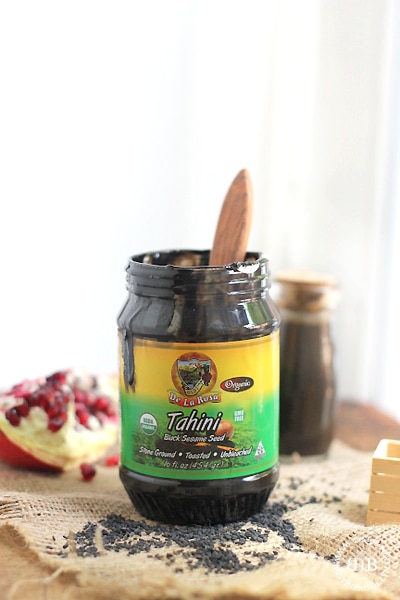
Aside for tahini, De La Rosa also carries a full line of oils, balsamic vinegar and wines. They believe in producing “Real Foods for Real People,” a philosophy that I strongly endorse. Their kosher, organic and GMO free products are made with the highest standards of quality and purity so be sure to check out their site for more of their products!
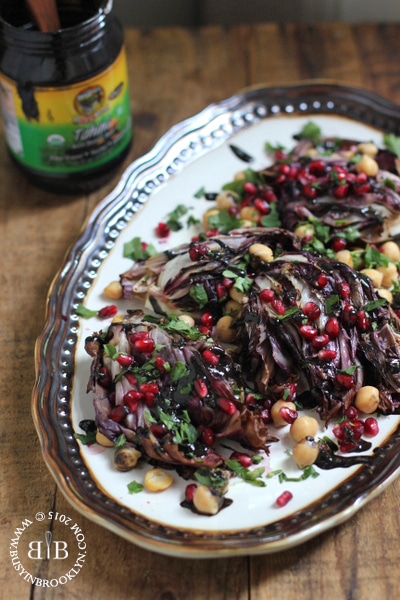
I’d love to hear about how you’re learning to try new foods this summer. Whether it’s radicchio, black sesame tahini, or that ingredient that you’ve always been to afraid to eat – brave it up (even if it means you have to spit it out!) and let me now how it goes!
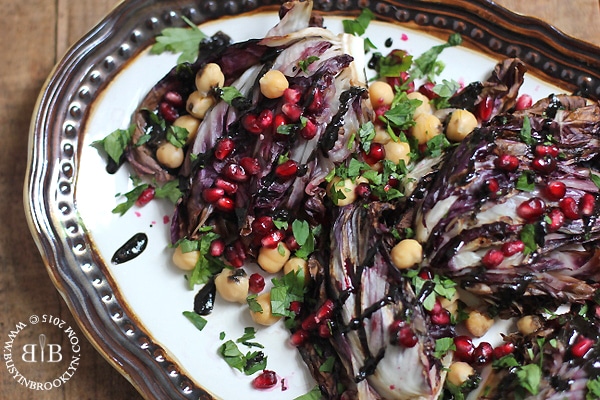
Grilled Radicchio Salad
1 head of radicchio, cut into wedges
1/2 cup chickpeas, rinsed and drained
1/3 cup pomegranate seeds (how to deseed)
2 tbsp chopped parsley
black sesame salad dressing, to taste (recipe follows)
Method:
Heat up your grill over high heat. Cut the radicchio into wedges and drizzle with olive oil. Season with salt and pepper. Grill the radicchio for a few minutes on each side, until charred and tender.
Place the charred radicchio on a platter and top with chickpeas, pomegranate seeds and parsley. Drizzle with black sesame salad dressing, as desired, and serve.
VARIATION: consider roasting the chickpeas with za’atar or spices of your choice. Recipe here. You can also mix the radicchio with other greens, such as arugula.
TIP: To remove some of the bitterness from the radicchio, soak it in ice water for 1 hour. Drain well and and pat dry before grilling.
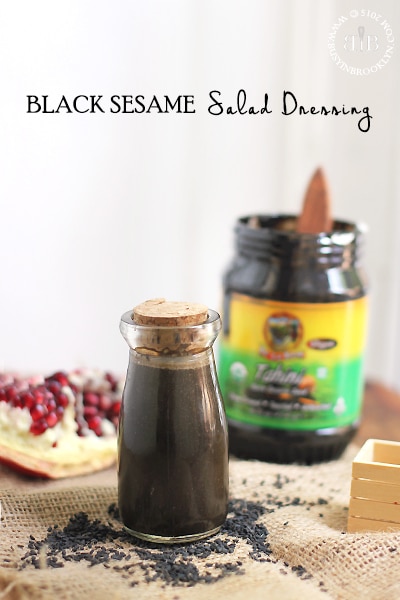
Black Sesame Salad Dressing
1/4 cup olive oil
2 tbsp De La Rosa black tahini (Purchase here)
2 1/2 tbsp lime juice
1 heaping tbsp honey
1/2 tbsp fresh ginger, minced
2 cloves garlic, minced
salt and pepper to taste
Add all ingredients to a bowl and whisk until emulsified.
Yield: 1/3 cup dressing
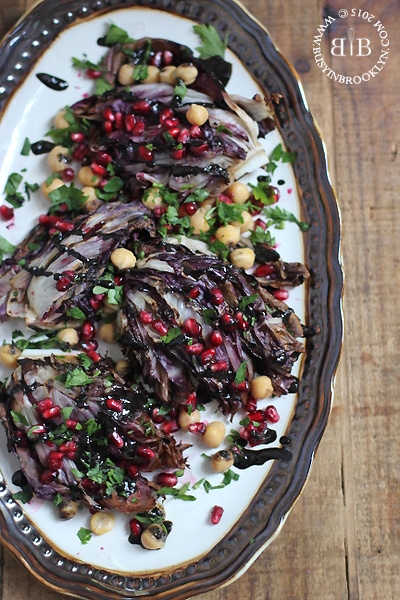
This post has been sponsored by De La Rosa. Follow them on Facebook, Instagram or Twitter.
Related Recipes:
Pomegranate coleslaw
Ricotta and tahini stuffed figs
Fish with green tahini

